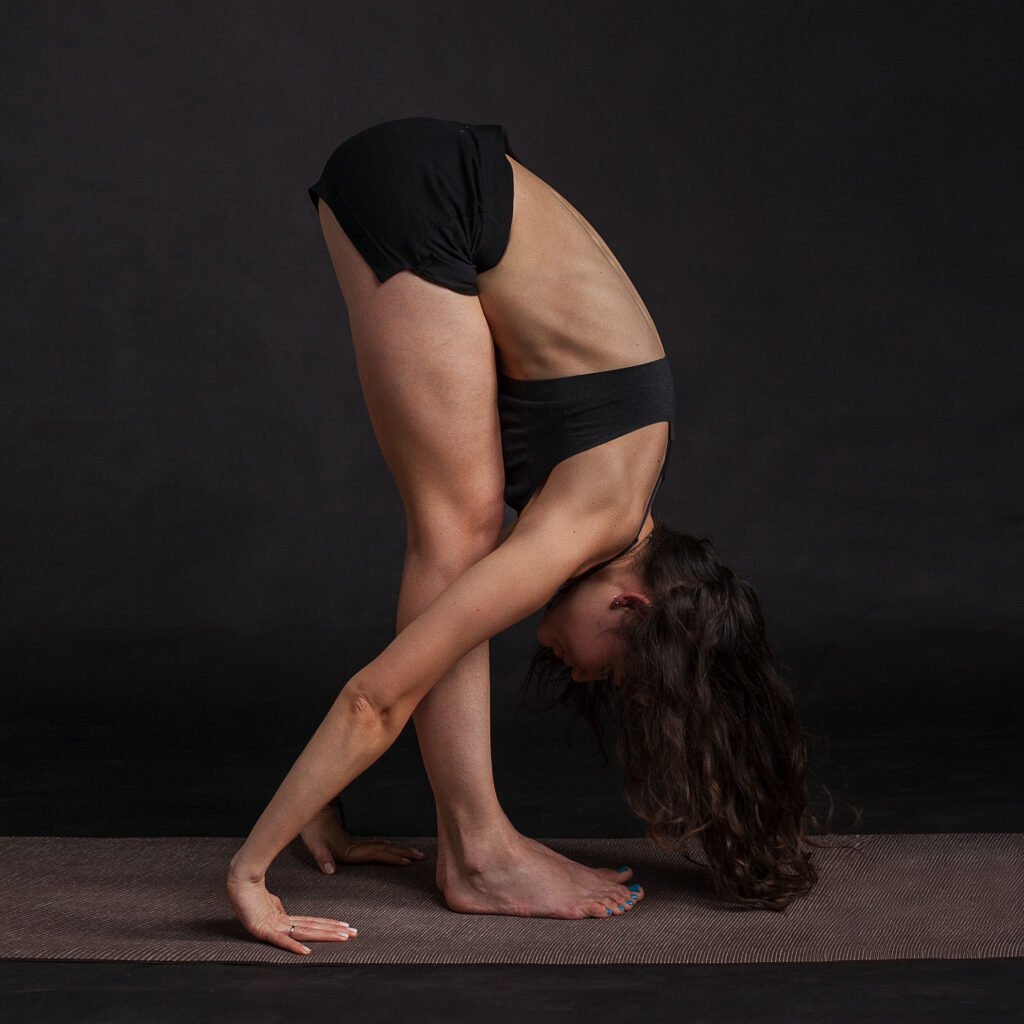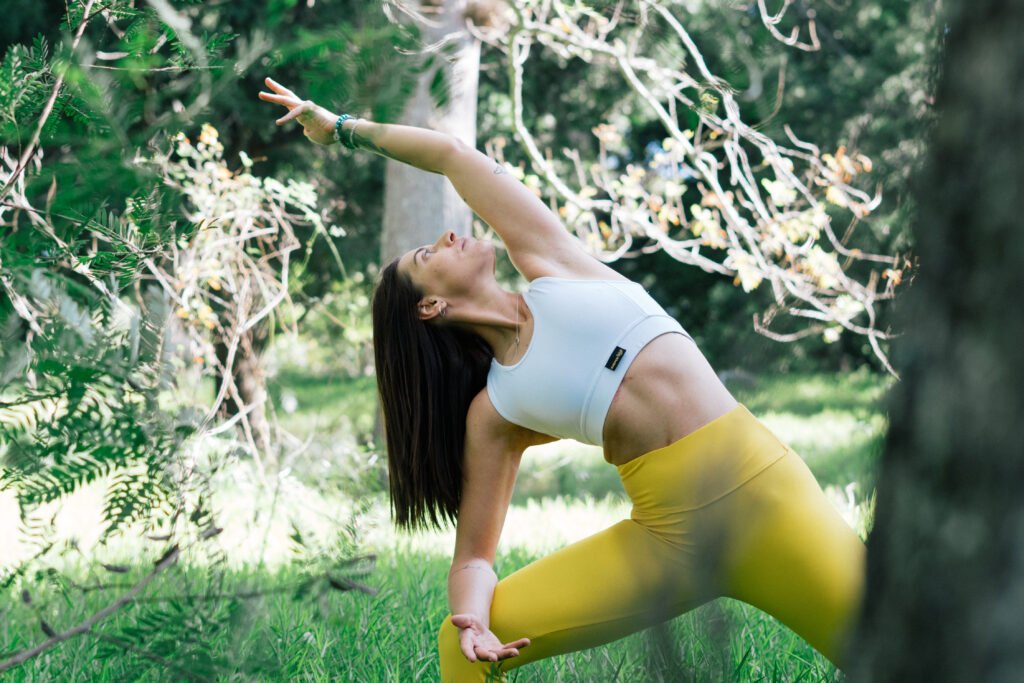If you’re someone who enjoys practicing yoga or is considering starting, you may be wondering why using a yoga mat is important. Well, let me tell you, using a yoga mat offers numerous benefits that can greatly enhance your yoga experience. Not only does it provide a non-slip surface, ensuring you maintain stability and balance during your poses, but it also cushions your joints and muscles, reducing the risk of injuries. Additionally, a yoga mat creates a dedicated space for your practice, helping you focus and find mindfulness. So, whether you’re a beginner or experienced yogi, using a yoga mat is a must for achieving optimal results and maximizing the benefits of your practice.
Why Use Yoga Mat
Yoga is a practice that combines physical postures, breath control, and meditation. It is known for its numerous health benefits, including improved flexibility, strength, and stress reduction. Whether you are a beginner or a seasoned yogi, using a yoga mat can greatly enhance your practice. In this article, we will explore the many reasons why using a yoga mat is not only beneficial but also essential for a safe and comfortable yoga experience.

Provides Cushioning and Support
One of the primary reasons to use a yoga mat is for the cushioning and support it provides during your practice. Yoga poses often involve kneeling, sitting, and lying down on the mat, and without proper cushioning, these poses can become uncomfortable, especially on hard surfaces. A thick, non-slip yoga mat helps to absorb the impact, reducing the strain on your joints and providing a comfortable surface to move and hold poses on.
Improves Stability and Balance
Maintaining stability and balance is crucial in yoga poses, and a yoga mat can greatly assist in achieving this. The textured surface of a yoga mat offers grip, preventing your hands and feet from slipping during poses. This increased traction allows you to focus on your alignment and balance, enabling you to hold challenging poses with confidence. Whether you are practicing standing poses or inversions, a yoga mat ensures a stable foundation for your practice.
Prevents Slippage
Slipping on the mat can not only be frustrating but also dangerous, as it can lead to injuries. A good quality yoga mat with a sticky, non-slip surface helps to prevent slippage, even when you are sweating. This is particularly important in styles of yoga that involve dynamic movements or heated classes where perspiration is more likely. By providing a secure footing, a yoga mat allows you to move freely and confidently without the worry of slipping.
Protects Joints and Spine
Yoga involves a wide range of movements that put pressure on the joints, particularly the wrists, knees, and hips. A yoga mat acts as a cushion, absorbing some of the impact and reducing the strain on these vulnerable areas. Additionally, it provides a gentle, supportive barrier between your body and the floor, protecting your spine during poses that require lying down or arching the back. By using a mat, you can practice yoga with a reduced risk of joint discomfort or injury.

Enhances Comfort and Hygiene
Practicing yoga on a clean and comfortable surface is essential for a pleasant experience. Yoga mats are designed with materials that are not only soft and comfortable but also easy to clean. They provide a clean surface between your body and the floor, protecting you from any dirt or bacteria that may be present. By using your own yoga mat, you can ensure personal hygiene and create a safe space to practice without any concerns about cleanliness.
Adds Insulation
Yoga is often practiced on various types of surfaces, including wooden floors, carpet, or even outdoors. These surfaces can sometimes feel cold, especially during colder weather or in air-conditioned environments. Using a yoga mat adds an extra layer of insulation, keeping you warm and comfortable during your practice. This is particularly beneficial in restorative or yin yoga, where longer holds in passive poses are common. The added warmth provided by the mat can help relax your muscles and deepen your practice.

Offers Portability and Convenience
One of the great advantages of using a yoga mat is its portability and convenience. Yoga mats are lightweight and easy to roll up, making them highly portable. Whether you are attending a yoga class, traveling, or practicing at home, you can easily carry your mat with you. Many yoga mats also come with a carrying strap or bag, making transportation even more convenient. By having your own mat, you can practice yoga anytime and anywhere, eliminating the need to rely on borrowed or shared mats.
Creates Personal Space
Using a yoga mat helps create a personal space for your practice. It delineates a boundary for your movements, providing a sense of personal space and privacy amidst a crowded yoga class or a studio setting. This personal space allows you to feel more comfortable and focused, enabling you to deepen your practice and explore new poses with confidence. Additionally, having a designated space for your practice can serve as a reminder for self-care and serve as a sanctuary within your daily life.
Prevents Allergic Reactions
Some individuals may have allergies or sensitivities to certain surfaces, materials, or cleaning products used in yoga studios or fitness centers. By bringing your own yoga mat, you can control the environment in which you practice and minimize the risk of allergic reactions. Using a hypoallergenic mat or one made from natural materials further reduces the chances of skin irritation or respiratory issues that can arise from exposure to allergens. Taking these precautions ensures that your yoga practice remains a safe and enjoyable experience for you.
Promotes Mind-Body Connection
The practice of yoga is not only physical but also deeply rooted in cultivating mindfulness and fostering a connection between the mind and body. Using a yoga mat can enhance this mind-body connection by creating a specific space solely dedicated to your practice. This designated space serves as a visual cue, reminding you to be present and focused during your yoga session. It helps to cultivate a sense of discipline and provides a sacred space where you can disconnect from the outside world and deepen your mind-body connection.
Conclusion
In conclusion, using a yoga mat is highly beneficial and essential for an optimal yoga practice. From providing cushioning and support to improving stability and balance, a yoga mat enhances the safety and comfort of your practice. It also offers protection to your joints and spine, promotes personal hygiene, and adds insulation. Moreover, a yoga mat offers portability, convenience, and creates a personal space for your practice. By using your own mat, you can prevent allergic reactions and enhance the mind-body connection that lies at the heart of yoga. So, roll out your mat, take a deep breath, and embark on a fulfilling yoga journey with the support and comfort that a yoga mat provides.

